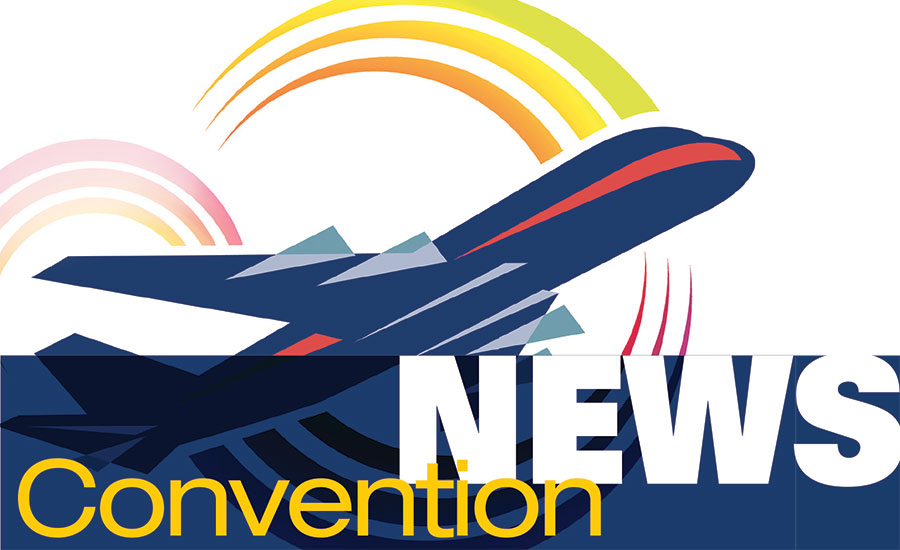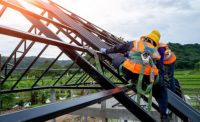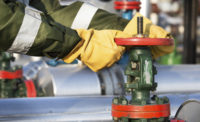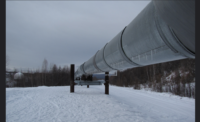In 2003, Marianne McGee, compliance assistance specialist, USDOL-OSHA, was working in Corpus Christi, Texas and her team was trying to figure out a strategic management plan with one of the major goals of reducing fatalities in oil and gas, which is considered a high-hazard industry.
She said she was surprised to learn that in Texas oil and gas was consistently 25 percent to 33 percent of the total fatalities with little change in recent years. It didn’t matter if the industry was booming or bust, she said. “So our job was to reduce that rate: How was OSHA going to reduce fatalities,” she said.
McGee said in her job as compliance assistance specialist, she wanted to visit workers and try to help the industry and employers figure out the way to reduce fatalities and follow OSHA regulations. But the only time she had any contact with oil and gas workers was after they had received a citation for an accident, fatality or OSHA inspection, they would come in for an informal conference and were not interested in contacting McGee again.
So she partnered with ASSE to sponsor a meeting. She said they had 75 people from 45 different companies show up, which shows there was interest in what she was trying to do. “We asked them ‘what’s keeping you from keeping your employees safe’,” McGee said.
She said she found out that most people in the oil and gas industry didn’t share much information amongst each other in the industry. “Employees said they would work for one company and one employer was really into fall protection, 100 percent, and then the next day they work for another company and are told not to worry about safety; just get the job done,” McGee said.
She said often they would be told to always follow the safety rules by their employer, however, once they were out on the field, they were encouraged NOT to follow the safety rules. So one of the problems was the different levels of emphasis from different employers.
The biggest problems she found after speaking with oil and gas workers were: misunderstanding of the OSHA requirements, not enough sharing of information, clients having different emphasis on safety and different employee orientations for each client were too time consuming and not cost-effective.
The solution, McGee said, was to develop a single orientation approved by all the the operating companies. “Originally, we were going to work on this project for South Texas,” she said. “But it soon became evident it needed to be industry-wide.”
SafeLandUSA was born from that initial meeting. McGee said they were told the idea would never work, but about 875,000 workers have been through orientation since January 2010. They are now working to expand to the construction industry and other segments.
From NSC Congress & Expo
Training oil and gas workers




